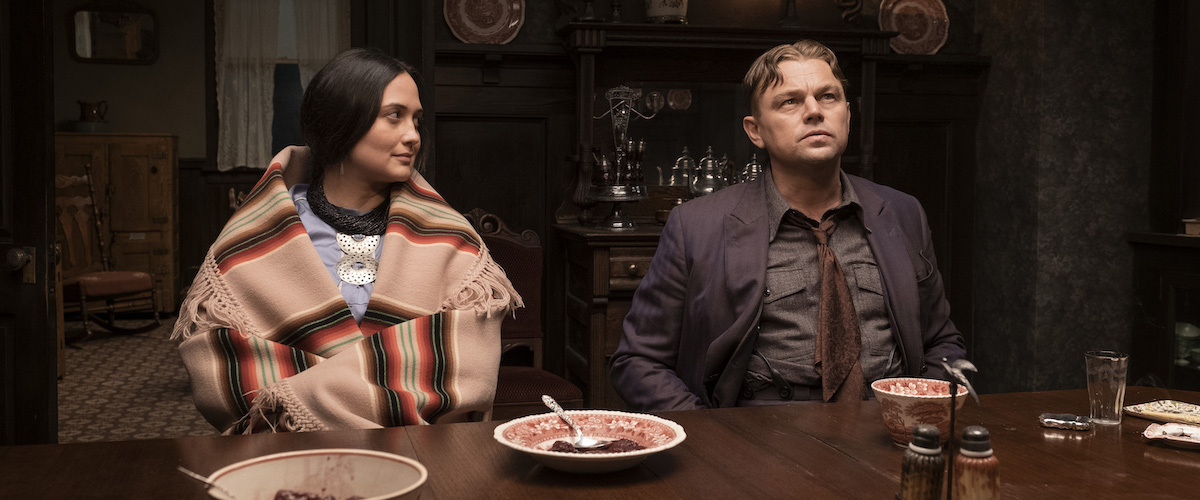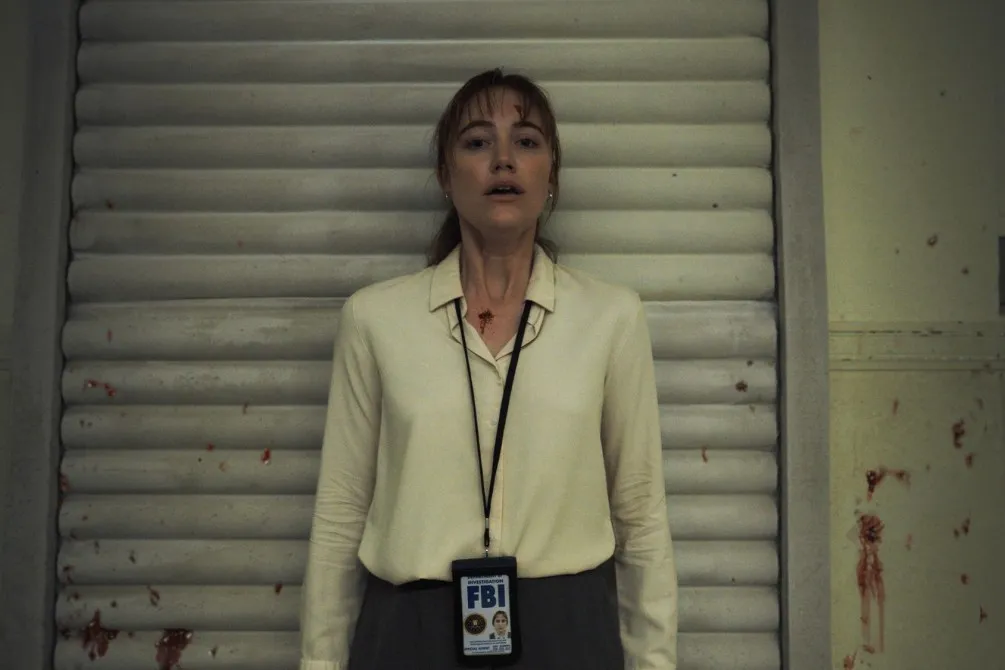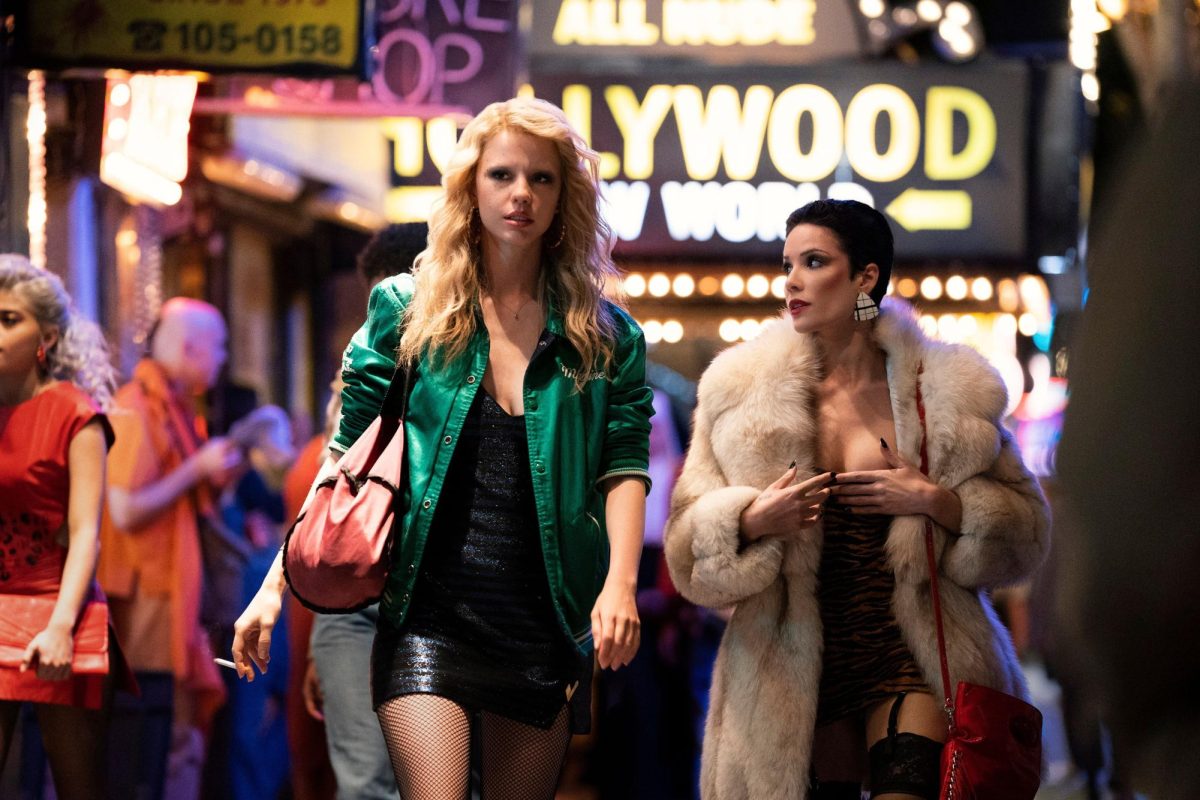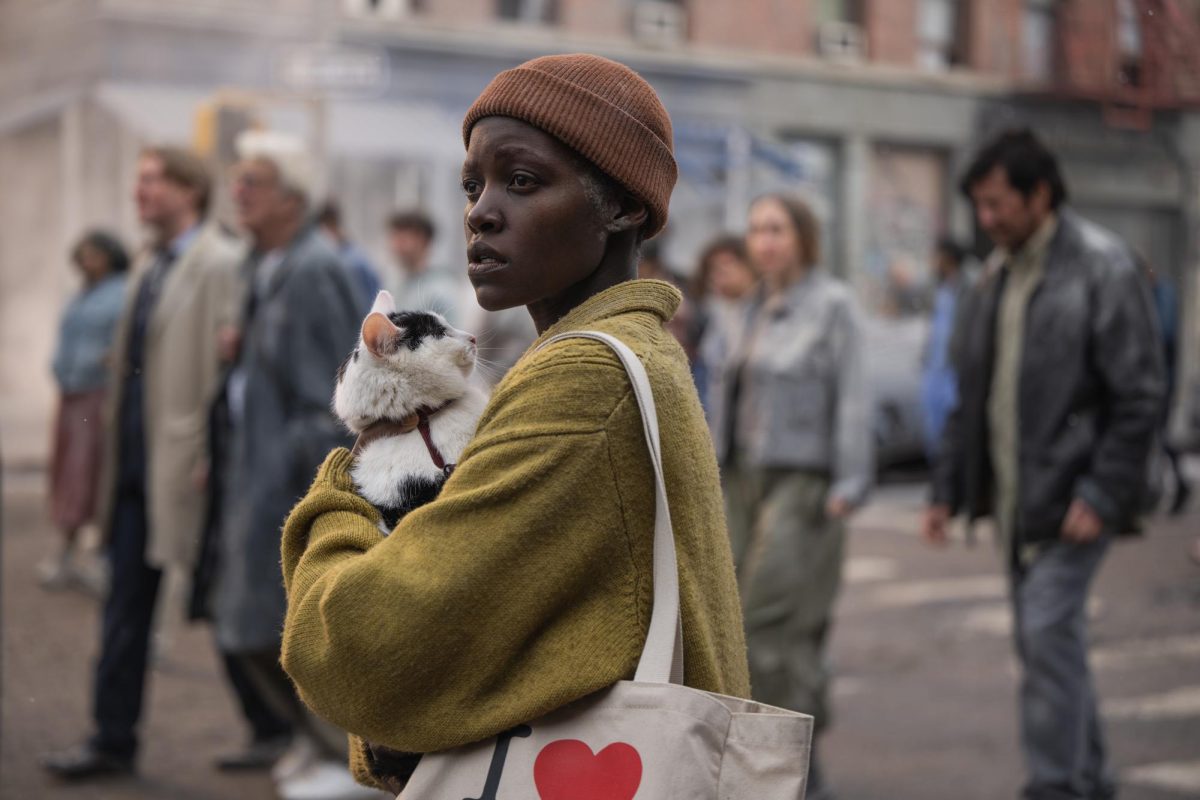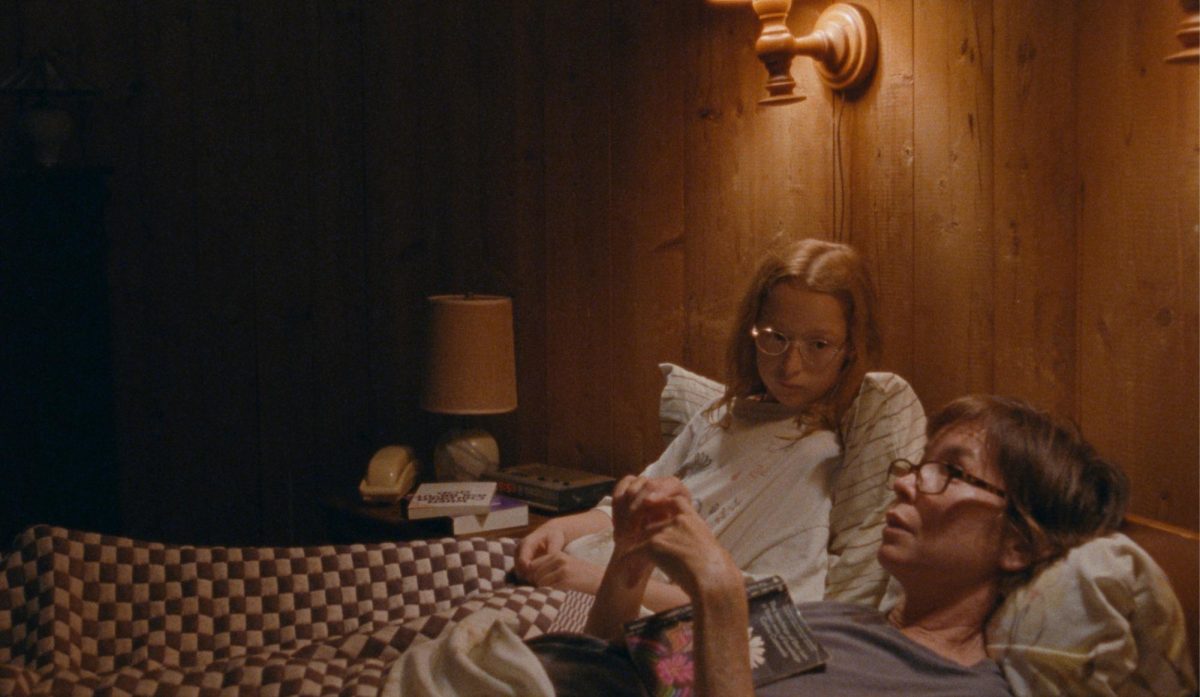This review contains spoilers.
Content Warning: “Killers of the Flower Moon’s” intense imagery and retelling of real-world events may be triggering for some audiences.
Martin Scorsese’s “Killers of the Flower Moon,” based on a nonfiction book of the same name about the murders of members of the Osage tribe in Osage County, Oklahoma during the 1920s, follows a string of murders that occur after the discovery of oil on Osage land.
Scorsese crafted “Killers of the Flower Moon” in a respectful, yet deeply disturbing way. The movie retells the struggles the Osage tribe faced in the 1920s due to the colonists’ prioritization of monetary gain.
While it does villainize the white people committing the horrendous acts of violence against the Osage tribe, it sometimes focuses way too much on their stories, making them the central protagonists rather than the members of the Osage tribe themselves.
This leaves audiences wanting to see more of a celebration of Osage culture, rather than just their reactions to the suffering they endure.
While very real, it leaves the characters followed within the Osage tribe feeling more like side characters, meant just for pushing the overarching narrative rather than main characters audiences get to understand deeper.
There are also strange attempts to make audiences sympathize with the colonists a handful of times; however, maybe it marked a desire to drive the central conflict down a more emotional path, emphasizing how love and greed can drive people to commit horrible acts and manipulate those they claim to care about.
The movie presents a story of evil acting in plain sight. At a certain point, Ernest Burkhart (Leonardo DiCaprio) reads aloud a passage from a child’s storybook that asks the reader if they see the wolves in the page’s image.
This sets up the theme Scorsese explores about how evil may seem hidden, but the worst people hide themselves directly in front of the world’s vision.
The theft, exploitation and brutality committed against the Osage people by white colonists permeates throughout the entire narrative, and the script depicts the events in a raw manner.
The film graphically depicts the reality of the mistreatment Native Americans endured from white colonists, and while that proves important to share with audiences, for those whose ancestors experienced these awful events, it may be a bit too intense at times.
Every performance in “Killers of the Flower Moon” stands out as worthy of an Oscar nomination, but audiences will especially enjoy the performance by Lily Gladstone as Mollie Kyle, who serves as one of the main members of the Osage tribe.
Gladstone plays Mollie expertly and, oftentimes, could push an entire scene’s dialogue using just her facial expressions. Audiences will be able to know every thought this character has, whether it’s verbalized or not, and that’s due to Gladstone’s meticulous crafting of her character’s beliefs and personality.
Leonardo DiCaprio and Robert De Niro also give excellent performances and will have audiences feeling an immense amount of hatred for both characters due to their manipulative natures and scheming ways.
The movie’s runtime seems to be the biggest point of discussion surrounding initial reactions to the film outside of its theme, clocking in at around three hours and 26 minutes. While audiences won’t really feel the extended runtime, there were a few moments that felt unnecessary and much like filler as the story slowly pieces together its puzzle.
“Killers of the Flower Moon” stands out as one of Scorsese’s best features yet. It tells the important story of the Osage tribe in a respectful but intense way that aims to educate those on white colonists’ mistreatment of the Indigenous peoples of North America who called the continent home first — Americans who were in America first.
4 best picture nominees out of 5



